Selecting the correct size of goalie gloves is crucial for optimal comfort and performance. This guide helps you understand the importance of proper fit, ensuring enhanced control and confidence on the field.
Importance of Correct Glove Size
Choosing the right size goalkeeper glove is paramount for several reasons. A glove that is too large can lead to diminished control, making it difficult to secure the ball and react quickly. Conversely, a glove that’s too tight can restrict finger mobility, potentially causing discomfort and premature wear of the materials. The ideal fit provides a snug feel, allowing for natural contact with the ball and fostering confidence in your movements. It’s not just about comfort; proper sizing directly impacts your ability to make saves effectively. A well-fitted glove enhances grip, reduces the risk of fumbles, and allows for more precise handling. Therefore, understanding the importance of correct sizing is the first step towards achieving peak performance between the goalposts. Remember, a glove that fits well is a glove that helps you perform your best.
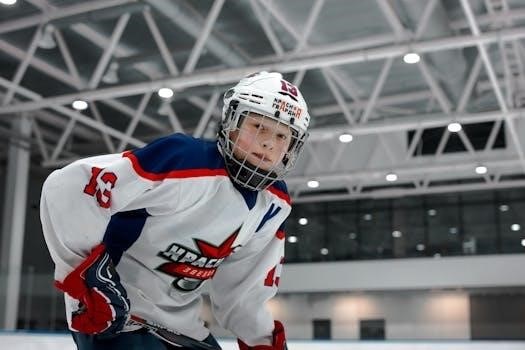
Measuring Your Hand for Goalie Gloves
Accurately measuring your hand is essential for finding the right glove size. This involves measuring both hand length and palm width to ensure a proper fit.
Measuring Hand Length
To measure your hand length, you’ll need a flexible tape measure or a piece of string. Extend your dominant hand with your fingers straight. Start measuring from the base of your palm, at the point where your wrist meets your hand. Extend the tape measure or string up to the tip of your middle finger. Ensure the tape measure or string is lying flat against your hand. The measurement you obtain represents your hand’s length. It’s crucial to be precise in this step, as it directly impacts the fit of the gloves. This measurement is a key factor when comparing your hand size to sizing charts. Using the correct length will help you find a glove that is comfortable.
Measuring Palm Width
To accurately measure your palm width, you will need a flexible tape measure. Begin by placing your dominant hand flat, palm facing up, with your fingers extended and slightly apart. Position the tape measure horizontally across the widest part of your palm. This is usually just below the base of your fingers, not including the thumb. Ensure that the tape measure is snug but not too tight, maintaining a straight line across your palm. Note down the measurement in centimeters or inches, depending on the sizing chart you will be using. This palm width measurement is just as crucial as hand length when selecting the correct size. This ensures the glove provides a secure fit across your palm.

Understanding Goalie Glove Size Charts
Goalie glove size charts are essential tools. They provide a guide based on age and hand measurements, helping you determine the most suitable glove size for optimal performance.
Age-Based Size Charts
Age-based size charts offer a general guideline for selecting goalie gloves, categorizing sizes based on typical hand dimensions for various age groups. These charts are a useful starting point, especially for young athletes or those new to the position, providing a quick reference for commonly needed sizes. However, it’s important to recognize that individual hand sizes can vary significantly within the same age group. Therefore, relying solely on age-based charts may not guarantee the perfect fit. These charts often act as a preliminary step in the selection process. They should be followed by actual hand measurements or trying gloves on, ensuring a comfortable and secure fit that enhances performance. Always consider the possibility of individual variations when using these charts.
Brand-Specific Size Charts
Brand-specific size charts are essential for finding the right fit because sizing can vary significantly between different manufacturers. Each brand may have its own unique measurements and standards for glove sizes, so a size 9 in one brand might not be the same as a size 9 in another. Therefore, it’s crucial to consult the specific size chart provided by the brand you’re interested in. These charts often include measurements for both hand length and palm width, offering a more precise guide than generic size charts. Ignoring brand-specific charts can lead to ill-fitting gloves, which can affect comfort and performance. Always double-check the chart before making a purchase to ensure the best possible fit.
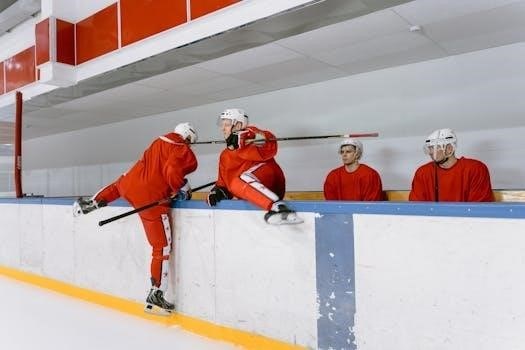
Fit and Comfort Considerations
A comfortable fit is vital for goalkeepers. Gloves should not be too tight, restricting movement, nor too loose, causing a lack of control. Personal preference plays a significant role in determining the ideal fit.
Snug vs. Loose Fit Preferences
Goalkeepers often have distinct preferences regarding how their gloves should fit. Some prefer a snug fit, believing it offers enhanced feel and control over the ball. This tight fit minimizes excess material, allowing for a more natural grip. Conversely, others opt for a looser fit, prioritizing comfort and flexibility. They might feel that a bit more room allows for better hand movement and reduces the risk of the glove feeling restrictive, especially during intense matches. This preference can vary based on personal comfort, playing style, and the specific cut of the glove. Ultimately, the ideal fit is subjective and should align with what feels most natural and effective for each individual goalkeeper. It’s a balance between performance and comfort, and trial and error may be needed.
Impact of Fit on Performance
The fit of goalie gloves significantly influences a goalkeeper’s performance. A glove that is too tight may restrict finger mobility, leading to discomfort and reduced agility. This can hinder quick reactions and make it difficult to secure the ball effectively. Conversely, a glove that is too loose may cause an unnatural grip, decreasing ball control and potentially leading to fumbles. The excess space can also compromise confidence, as the goalkeeper might not feel fully in control of their hands. A well-fitting glove enhances both comfort and confidence, allowing for optimal contact with the ball and enabling the goalkeeper to perform at their best. Therefore, selecting the right size is vital to ensure maximum performance and minimize the risk of errors during gameplay. The correct fit is a cornerstone of effective goalkeeping.
Additional Sizing Tips
When sizing, consider the glove’s thickness and use printable tools for a more accurate fit. Remember to account for any extra bulk that the glove material will add to your hand measurements.
Accounting for Glove Thickness
When determining the ideal size for your goalie gloves, it’s essential to consider the impact of the glove’s thickness. The material used in goalkeeper gloves adds bulk, which can influence the overall fit. A glove that feels perfect when measured without considering thickness might feel too snug once worn. Therefore, it’s advisable to add a small allowance, around 0.25 to 0.5 cm, to your hand measurement. This additional space will ensure a more comfortable fit that doesn’t restrict movement or cause discomfort. Remember that a glove that is too tight may also tear more easily. Taking this into account will lead to better performance and longer-lasting gloves. Always consider the thickness of the glove’s material when making your size selection.
Using a Printable Sizing Tool
To further assist in finding the perfect fit, a printable sizing tool can be a valuable resource. These tools, often available from glove manufacturers, provide a tangible way to measure your hand against a size chart. Typically, you will need to print the tool on A4 paper to ensure the measurements are accurate. By placing your hand on the printed guide, you can directly compare your hand length and palm width against the provided size markings. However, it’s important to remember that these tools should be used as a rough guide only, as individual hand shapes and preferences may vary. If you have an in-between measurement, it’s often best to try on the larger size. This approach can help you narrow down your options before making a final purchase.
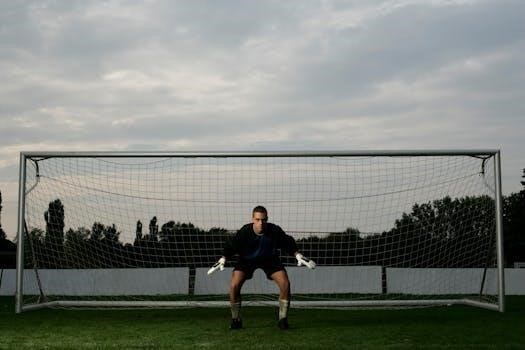
Dealing with Size Inconsistencies
Glove sizes can vary between brands and styles. Be prepared for slight differences and use hand measurements as a starting point, understanding that adjustments may be needed based on the specific glove.
Differences Between Glove Cuts
Glove cuts significantly affect fit and feel, influencing the overall size and comfort. Different cuts, like flat palm, roll finger, and negative cut, impact how the glove fits the hand. Flat palm gloves offer a traditional, looser fit, while roll finger gloves provide a wrapped feel around the fingers, often feeling more snug. Negative cut gloves are known for their tighter, more form-fitting design. These variations affect how the glove sits on the hand, impacting the space between your fingers and the glove material. It’s crucial to understand that a size 9 in one cut might feel different than a size 9 in another. Consider your personal preference for tightness or looseness when choosing a cut. This knowledge is key for navigating sizing inconsistencies.
Handling In-Between Sizes
When your hand measurements fall between two sizes, choosing the right glove can be tricky. It’s generally recommended to opt for the larger size in such cases, as a slightly looser glove is often preferable to one that’s too tight. A too-tight glove can restrict movement, lead to premature wear, and hinder performance. However, the preference for a snug or slightly looser fit varies among goalkeepers. Adding a bit of room allows for comfortable finger movement and prevents stress on the glove’s material. If possible, trying on both sizes will help determine which feels more comfortable and functional. Consider the glove cut as well since different cuts can affect the overall fit.
Final Thoughts
Finding the perfect goalie glove size may involve some experimentation. Trying on different gloves is essential to ensure the best fit for comfort and performance on the field.
Trial and Error Approach
Determining the ideal goalie glove size often requires a bit of trial and error, as personal preferences vary significantly. Some keepers, like the legendary Jorge Campos, favor larger gloves, while others, such as Peter Shilton, prefer a tighter fit. Don’t be afraid to experiment with different sizes to discover what feels most comfortable and enhances your performance. It’s not uncommon for goalkeepers to go through a few pairs before finding their perfect match. Remember that glove fit is subjective and what works best for one person might not be the right fit for another. Embrace the process of trying different gloves to find the size that provides the best feel and performance. If you are unsure, always try the larger size first;
Importance of Trying Gloves On
While size charts and measurements are helpful starting points, nothing beats physically trying on goalie gloves to determine the best fit. Each brand and model can vary slightly in sizing, making it essential to feel the glove on your hand. A glove that looks like it should fit perfectly based on a chart might feel uncomfortable or too tight when worn. Trying gloves on allows you to assess the feel of the materials, the snugness of the fit, and the overall comfort. This hands-on approach ensures you can make an informed decision, and can lead to a much better fit. This crucial step will help ensure you choose gloves that truly complement your hands. It is an important step that should not be missed.
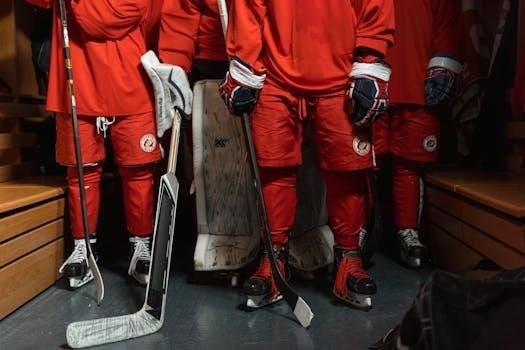


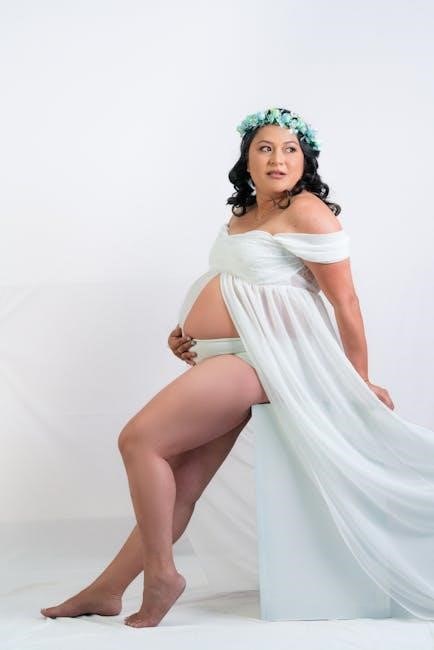
Leave a Reply
You must be logged in to post a comment.